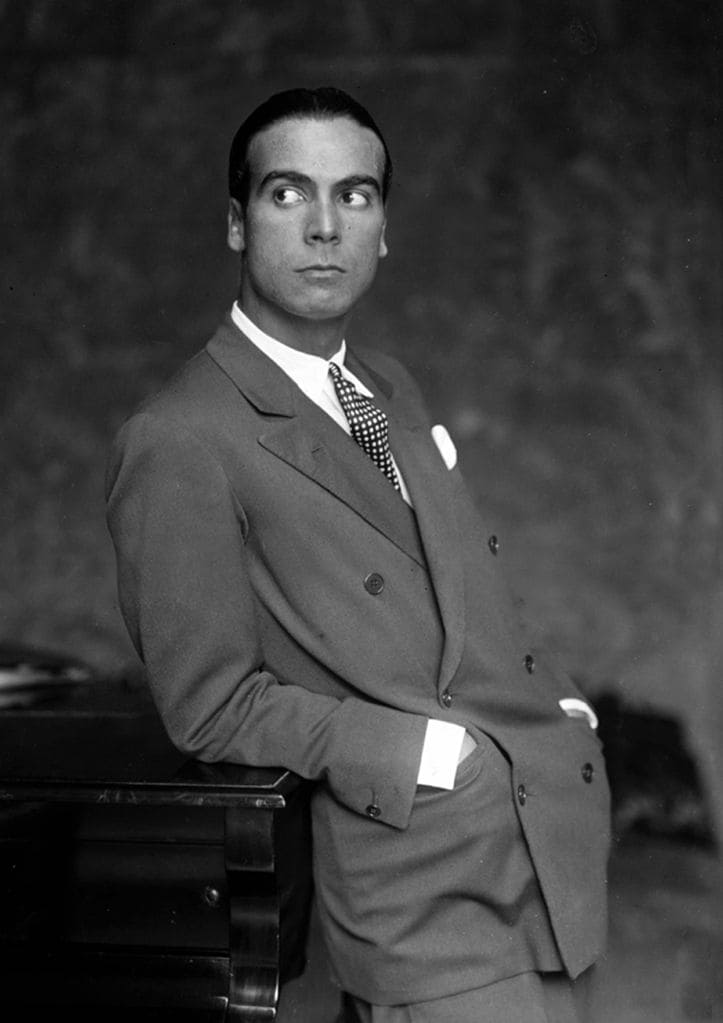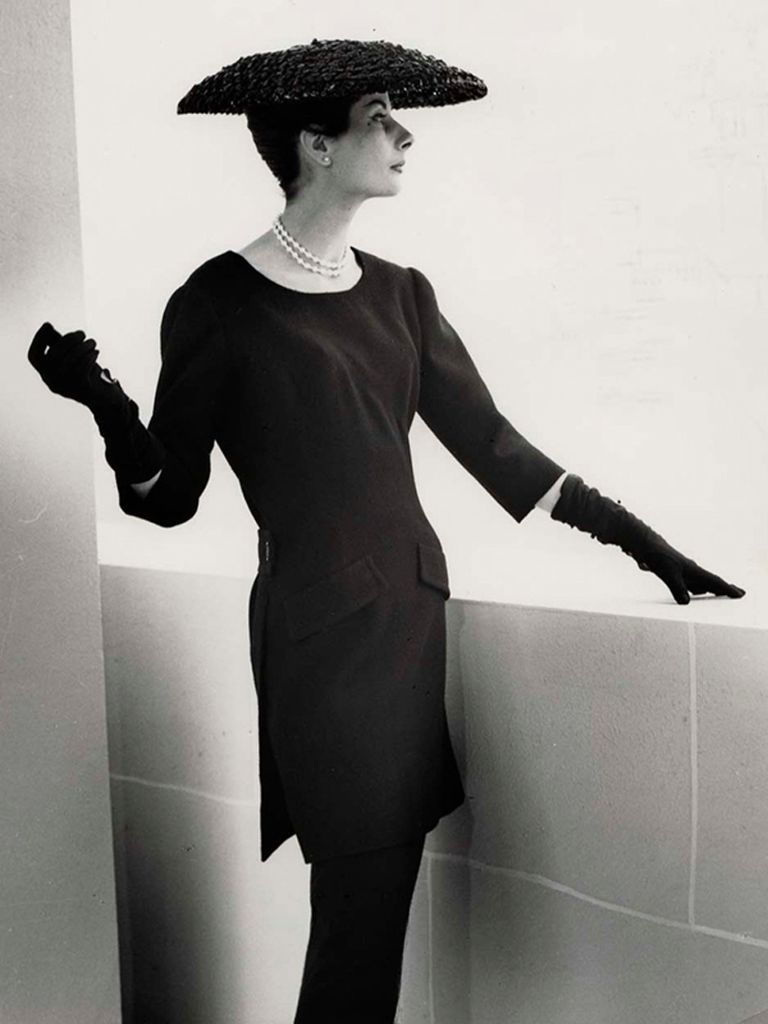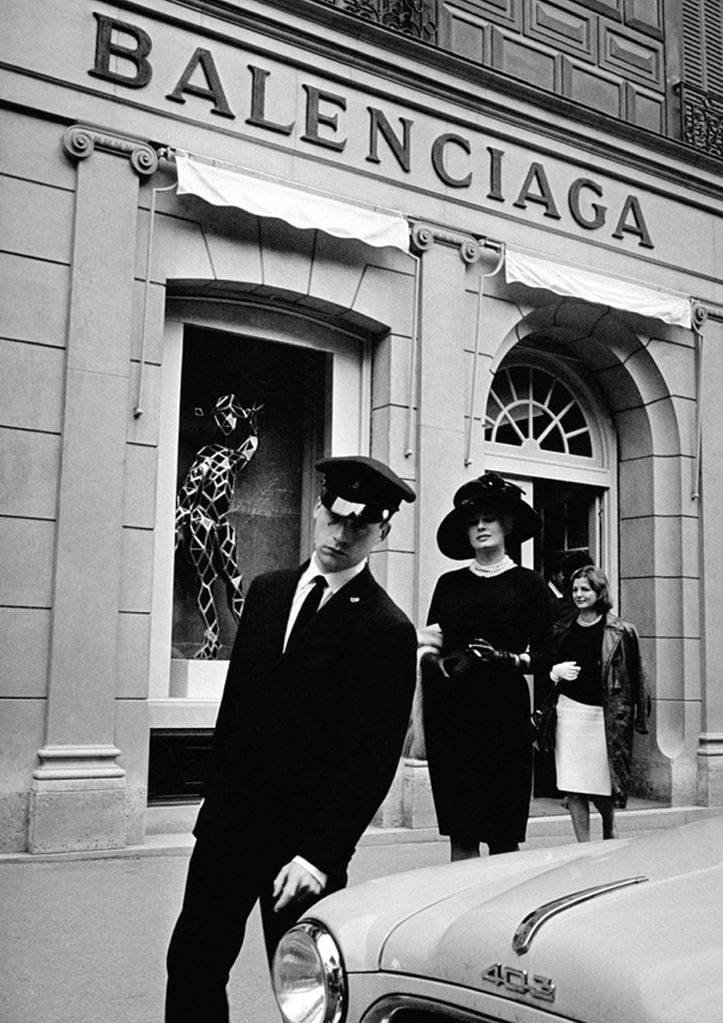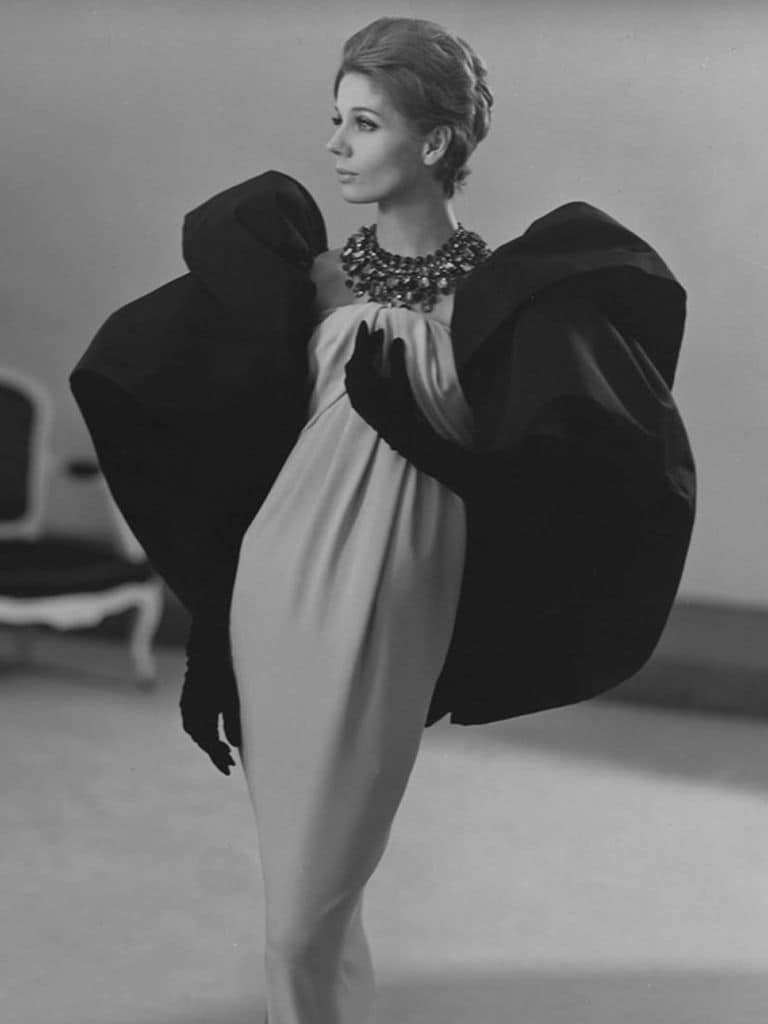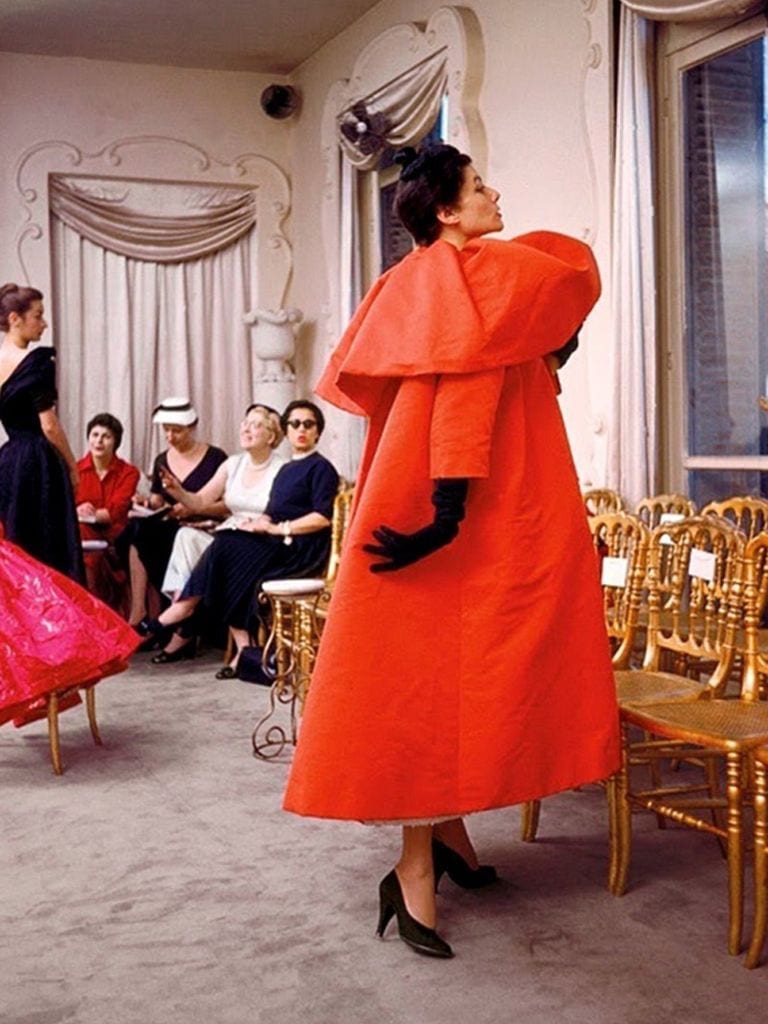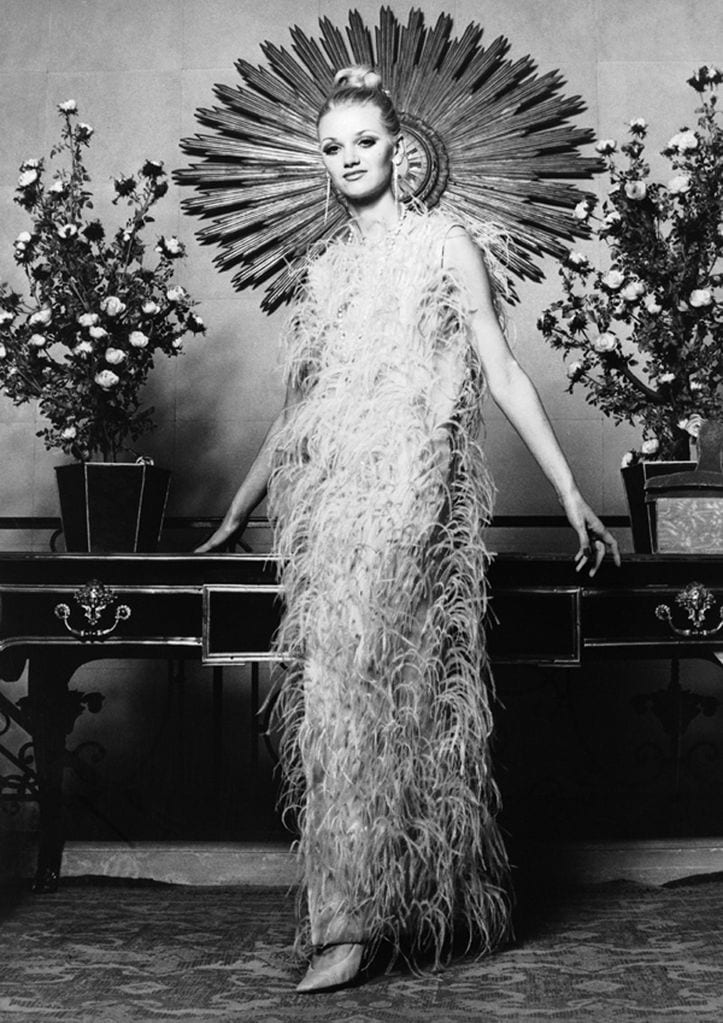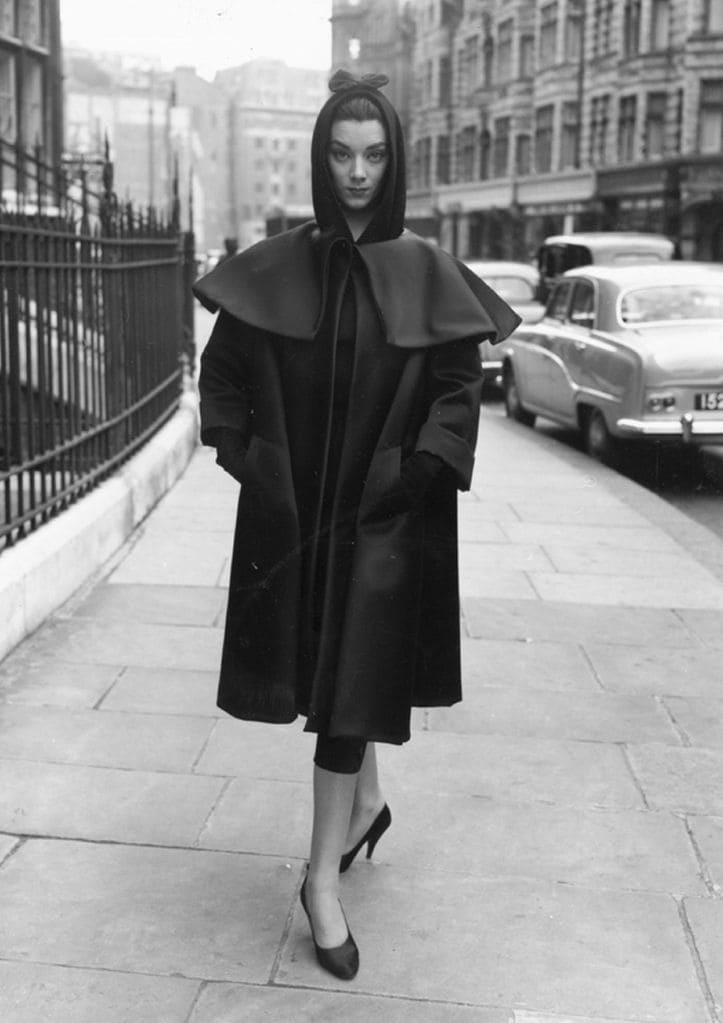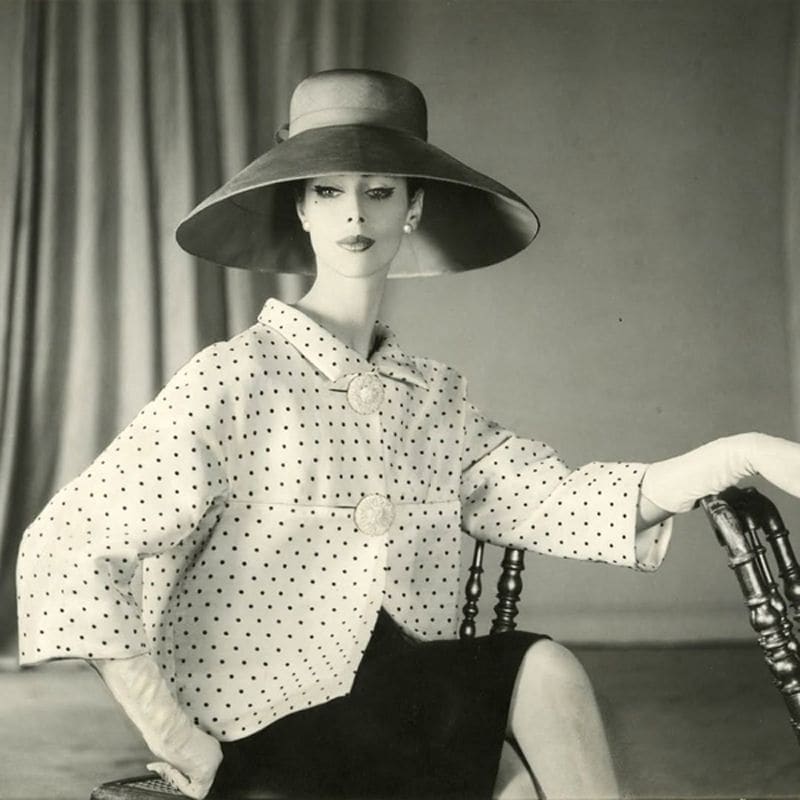Spain has seen the birth of dozens of artists who have forever marked our culture, but the loudest of all, at least if we talk about fashion, may have been the great Cristobal Balenciaga. His gift with pencil and needle conquered Parisian high society starting in the 1930s, but a couple of decades before he opened his first workshop in San Sebastián. There he actually began his empire, opening his way to a market that was very little exploited (and valued) until then. But let’s start with the origin. Born in 1895 into a humble family and Catholic in the Basque town of Guetaria, he was the youngest of five siblings and thanks to the important influence of his mother, Martina Eizaguirre, who was a seamstress, started on this wonderful path of fashion. Keep reading to remember his legacy.
Cristóbal, the architect of fashion
Long before venturing into the business world, when he was still an apprentice in his mother’s workshop, he was already standing out with his sober and elegant vision at the same time. It was a fashion architectknew perfectly how to unify patterns to create extremely elegant volumes from simple fabrics. A fact that caught the attention of Blanca Carrillo de Albornoz, Marchioness of Casa Torres, who later became his patron. She became his first client, the one who had the great luck of wearing a ‘Balenciaga’ for the first time. And such was the connection they felt, that they decided finance your career and help you engage with the jet set of the timea detail that forever marked his path.
From San Sebastian to Paris
As we have mentioned, with the help of his sister Agustina he opened the first workshop in San Sebastián in 1917, it was the most popular vacation destination at that time. Was the place where his first Haute Couture collection was born under the name C. Balenciaga that drew attention even to the Queen María Cristina and Princess María de las Mercedes. After its great reception, a decade later, the second establishment opened Eisa Sewing. A tribute to his mother with the aim of selling more affordable clothing to reach another audience. But the Spanish Civil War arrived, and he fled to the city of Paris, where everything would change and he would receive the most important hug: international recognition.
The magician of Haute Couture
“A woman does not need to be perfect or beautiful to wear my dresses, the dress will do it for her.” Therein lay the magic that conquered renowned elite ladies throughout his career, although his client base was limited, size and height did not matter, With a Balenciaga you would be the queen of the party. Praised by his followers who adored his Haute Couture creations, he also became a teacher for other icons of the industry such as Christian Dior and Coco Chanel. Cristóbal was not only the designer who knew how to enhance a woman’s silhouette in the most delicate way possible, he was also a great visionary, he instantly recognized the potential that anyone who knocked on his door could have.
Precursor of minimalism
His homeland opened the doors to a better life for him, and the city on the Seine took him to the peak of success. Although he had to leave Spain behind, never lost sight of the cultural influence that saw him grow, very well represented in each of his pieces that are today exhibited in his museum in Guetaria. That clean, almost minimalist layout, forever characterized her sewing empire. We could say that it is the precursor of this aesthetic of simple lines but loaded with meaning that they have made so fashionable now Nordic prescribers. But that harmony and peace that well-made clothing brings, he already signed more than a century ago.
The day Balenciaga became ‘Haute Couture’
“With fabrics we do what we can. Balenciaga does what it wants,” Christian Dior confessed one day. But… when was the date on which he became a true creator of Haute Couture? On July 7, 1937, when he enrolled in the Syndicale Chamber of the Haute Couture. Once settled in Paris and opened his first store at number 10 Avenue George V, that same year Cristóbal presented his first collection to the Parisian public. His role in a foreign country gained popularity thanks to his change of strategy, he began to develop wonderful evening suits in the forties.
An artist in every sense
Models bathed in embroidery, appliqués and avant-garde volumes with which he made his Balenciaga women shine wherever he went. Proposals that were quite far from the beginning of his clean and rigid career, but that fit perfectly with his vision, the one with which he tried his luck in the French capital. Although the most special thing is that they were unique and unrepeatable garmentscreated directly on the client’s body, which is why it confirmed its high price, but it always favored the person who wore it. There was little room for risk, you were always going to leave his workshop with a broad smile.
The ‘couturier’ that everyone adored
The most loyal clients were baptized as ‘The Balenciagas’. It didn’t matter if he designed a large and elegant dark coat with large pockets or an impeccable party dress, they were already scheduling their next appointment with the workshop to put themselves in his hands. He went from being a foreigner who left his home due to the outbreak of war, to he couturier who made the most impeccable and feminine dreams come true in his workshop. More than 100 years ago she embarked on the most passionate adventure of her life, breaking all pre-established patterns and forever marking the direction and wardrobe of women.
A continuity that has little to do with its beginnings
But its namesake brand has changed a lot from what it was. The current catwalks that we see during Paris Fashion Week has nothing to do with him glamor the one they started with. There are several creative directors who have continued his legacy since then, with a much more modern vision that adapts to the needs of the moment. And now, in the hands of the creative director Demna Gvasalia, Their daring proposals are quite far from what the aristocracy and European high society looked for in their inspiring stores. It is the perfect example of how the industry has evolved in a matter of years: more accessible and universal, but also more mundane and boring?

